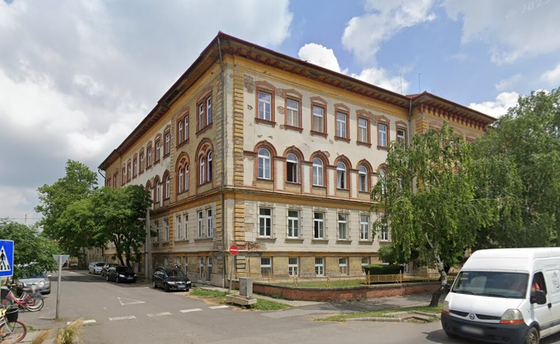Beneath a temple in the ruined ancient city of Taposiris Magna on the Egyptian coast, archaeologists have discovered a massive and stunning tunnel that experts refer to as an “engineering marvel.” The structure was discovered by Kathleen Martinez, an archaeologist at the University of Santo Domingo in Dominica, and her colleagues during the ongoing excavations. During the excavation of the church, thirteen meters underground, the two-meter tunnel was carved through 1,305 meters of sandstone.
According to Egypt’s Ministry of Tourism and Antiquities, the tunnel’s design is remarkably similar to the 1,036-meter-high Eupalinos Tunnel, an aqueduct built in the sixth century BC on the Greek island of Samos.
Also referred to as an engineering prodigy, the pipeline was considered unprecedented in terms of design and construction for its time.
Although the Taposiris Magna Tunnel is not unique, its design is equally impressive. Some parts of Taposiris Magna were submerged under water, but their purpose remains unknown.
According to experts, the discovery could be promising evidence for VII. In search of the lost tomb of Cleopatra. Previously, excavations found traces that could refer to the famous queen and the last ruler of the Ptolemaic dynasty.
Taposiris Magna was founded around 280 BC by II. Ptolemy, son of the famous general Alexander the Great and an ancestor of Cleopatra. Archaeologists believe that the temple was dedicated to the god Osiris and his queen, the goddess Isis. Cleopatra had a close relationship with the latter. At the site, scholars have also found coins bearing the names and likenesses of Cleopatra and Alexander the Great, as well as images of Isis. Burial shafts concealing Greco-Roman burials were also discovered in the church, he writes heritage Scientific portal on the Internet.
Experts don’t yet know if the new “miraculous” tunnel could lead to the loss of the tombs of Cleopatra and Marcus Antonius, so they continue to work in hopes of getting more information.
The next stage of research will be the discovery of the nearby Mediterranean Sea: between 320 and 1303, a series of earthquakes hit the coast, as a result of which part of the temple collapsed and was swallowed up by the waves. In addition, earlier excavations revealed a network of tunnels extending from Lake Mariout to the Mediterranean Sea.
A thorough excavation of the ruins – apart from the discovery of graves – can reveal more about the mysterious ancient city than ever before.











































